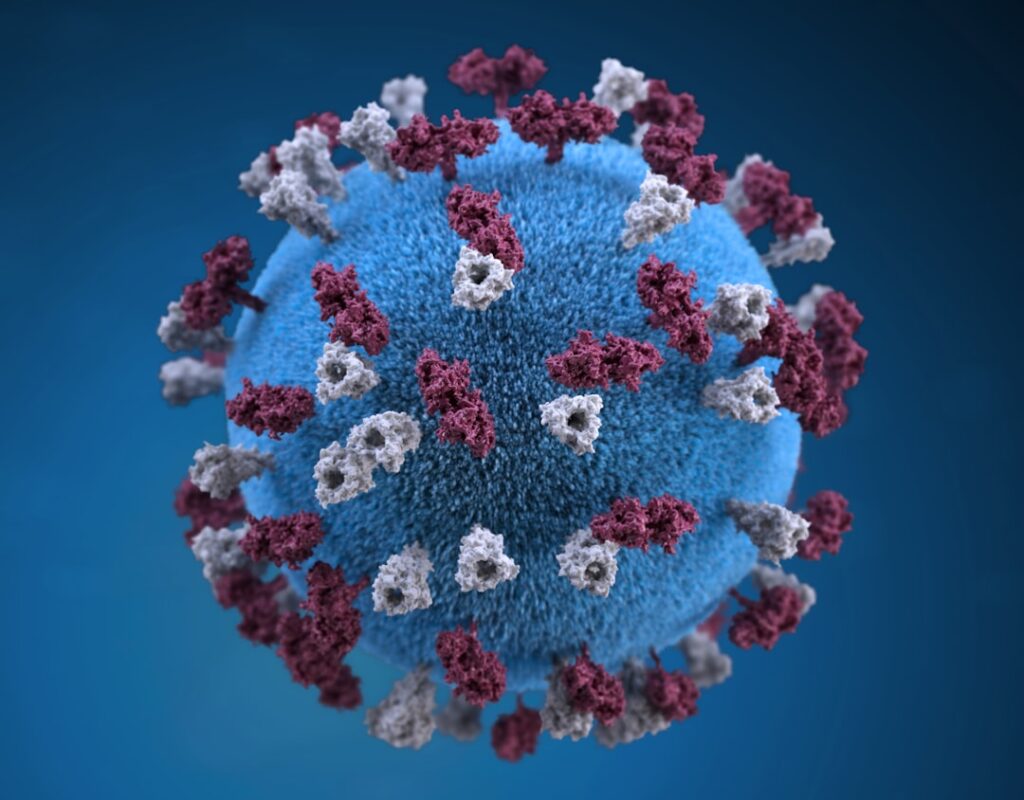Advanced Persistent Threats (APTs) are sophisticated cyber attacks that target specific organizations or individuals with the intention of gaining unauthorized access to sensitive information. Unlike traditional cyber attacks, APTs are highly targeted and persistent, often remaining undetected for long periods of time. APTs are typically carried out by well-funded and highly skilled threat actors, such as nation-state sponsored groups or organized criminal organizations.
There have been several high-profile APT attacks in recent years that have garnered significant attention. One example is the attack on the Office of Personnel Management (OPM) in 2015, where hackers gained access to the personal information of millions of current and former U.S. government employees. Another notable APT attack is the breach of Equifax in 2017, where hackers stole the personal data of over 147 million individuals. These attacks highlight the severity and impact of APTs on organizations and individuals.
Key Takeaways
- APTs are sophisticated cyber attacks that target organizations over a long period of time.
- APTs can result in significant long-term risks, including data theft, financial loss, and reputational damage.
- APT attacks typically involve multiple stages, including reconnaissance, infiltration, and exfiltration.
- APT groups use a variety of tactics and techniques, such as social engineering, malware, and lateral movement, to achieve their objectives.
- Early warning signs of APTs include unusual network activity, unauthorized access attempts, and suspicious emails or files.
Understanding the Long-term Risks of APTs
The difference between APTs and other cyber attacks lies in their persistence and stealth. While traditional cyber attacks may be focused on immediate financial gain or disruption, APTs are designed to remain undetected for extended periods of time, allowing threat actors to gather valuable information or maintain a foothold within a network.
The long-term damage caused by APTs can be significant. Once inside a network, threat actors can exfiltrate sensitive data, disrupt operations, or even sabotage systems. The stolen data can be used for various malicious purposes, such as identity theft, financial fraud, or corporate espionage. Additionally, the reputational damage caused by a successful APT attack can have long-lasting effects on an organization’s brand and customer trust.
The Anatomy of an APT Attack
APTs typically follow a series of stages that allow threat actors to gain access to a network, maintain persistence, and achieve their objectives. These stages include reconnaissance, initial compromise, establishing a foothold, lateral movement, and exfiltration.
During the reconnaissance phase, threat actors gather information about the target organization, such as employee names, email addresses, and network architecture. This information is then used to craft targeted spear phishing emails or other social engineering techniques to gain initial access to the network.
Once inside the network, threat actors establish a foothold by deploying malware or backdoors that allow them to maintain persistence and evade detection. They then move laterally within the network, escalating privileges and searching for valuable data or systems to compromise. Finally, the threat actors exfiltrate the stolen data or carry out their intended objectives.
Common Tactics and Techniques Used by APT Groups
APTs employ a variety of tactics and techniques to achieve their objectives. Some of the most common methods used by APT groups include spear phishing, watering hole attacks, and the use of malware and backdoors.
Spear phishing is a targeted form of phishing where threat actors send personalized emails to specific individuals within an organization. These emails often appear legitimate and may contain malicious attachments or links that, when clicked on, give the attacker access to the victim’s computer or network.
Watering hole attacks involve compromising websites that are frequently visited by individuals within a target organization. By infecting these websites with malware, threat actors can gain access to the organization’s network when employees visit the compromised site.
Malware and backdoors are also commonly used by APT groups to gain access to networks and maintain persistence. Malware can be delivered through various means, such as email attachments or malicious downloads. Once installed on a system, malware can provide threat actors with remote access and control over the compromised device.
Identifying APTs: Early Warning Signs and Indicators
Detecting APTs can be challenging due to their stealthy nature. However, there are several early warning signs and indicators that organizations can look out for to identify potential APT activity.
Unusual network activity is often a red flag for APTs. This can include unusual outbound network traffic, unexpected connections to suspicious IP addresses, or an increase in data transfers. Monitoring network traffic and analyzing logs can help identify these anomalies.
Suspicious logins or unauthorized access attempts can also indicate the presence of APTs. Organizations should regularly review logs and monitor for any unusual login activity, such as failed login attempts or successful logins from unfamiliar locations or devices.
Unexpected data transfers, especially large volumes of data being transferred to external locations, can be a sign of exfiltration by threat actors. Monitoring data transfers and implementing data loss prevention measures can help detect and prevent APT activity.
Mitigating Long-term Risks: Best Practices for APT Defense

To mitigate the long-term risks associated with APTs, organizations should implement a comprehensive defense strategy that includes the following best practices:
1. Network segmentation: By dividing a network into smaller segments, organizations can limit the lateral movement of threat actors and contain the impact of a potential breach.
2. Regular vulnerability assessments: Conducting regular vulnerability assessments and penetration testing can help identify and address potential weaknesses in an organization’s network infrastructure.
3. Employee training and awareness: Educating employees about the risks of APTs and providing training on how to identify and respond to potential threats can significantly reduce the likelihood of successful attacks.
Incident Response Planning for APTs
Having a comprehensive incident response plan is crucial for effectively responding to APT attacks. The plan should outline the steps to be taken during an attack, including isolating affected systems, conducting forensic analysis, and notifying relevant stakeholders.
During an APT attack, it is important to gather as much information as possible about the attack, including the methods used by the threat actors and the extent of the compromise. This information can help in developing a targeted response and preventing future attacks.
Building a Resilient Cybersecurity Strategy Against APTs
Building a resilient cybersecurity strategy against APTs requires a proactive approach that includes risk assessments, continuous monitoring, and threat intelligence.
Risk assessments can help organizations identify potential vulnerabilities and prioritize their security efforts. By understanding their unique risk profile, organizations can allocate resources effectively and implement appropriate security controls.
Continuous monitoring is essential for detecting and responding to APT activity in real-time. This includes monitoring network traffic, analyzing logs, and implementing intrusion detection systems.
Threat intelligence plays a crucial role in APT defense by providing organizations with information about the latest tactics, techniques, and procedures used by threat actors. By staying up-to-date with the latest APT trends and technologies, organizations can better protect themselves against evolving threats.
The Role of Threat Intelligence in APT Defense
Threat intelligence can help organizations identify APT groups and understand their tactics, techniques, and procedures. By analyzing threat intelligence feeds and sharing information with other organizations, it is possible to detect and respond to APT activity more effectively.
Threat intelligence can also provide valuable insights into emerging threats and vulnerabilities. By leveraging this information, organizations can proactively implement security controls to mitigate potential risks.
Future Trends in APTs and Long-term Risk Mitigation
APTs are constantly evolving, with threat actors adopting new tactics and techniques to evade detection. Staying up-to-date with the latest APT trends and technologies is crucial for effective long-term risk mitigation.
Some emerging trends in APTs include the use of artificial intelligence (AI) and machine learning (ML) by threat actors to automate attacks and evade detection. Additionally, the increasing interconnectedness of devices through the Internet of Things (IoT) presents new opportunities for APT groups to exploit vulnerabilities.
To mitigate these future risks, organizations should invest in advanced threat detection and response technologies, such as AI-powered security analytics and behavior-based anomaly detection. Regular security assessments and continuous monitoring are also essential to stay ahead of evolving APT threats.
In conclusion, APTs pose significant long-term risks to organizations and individuals. Understanding the anatomy of an APT attack, identifying early warning signs, and implementing best practices for APT defense are crucial for mitigating these risks. By building a resilient cybersecurity strategy that includes threat intelligence and staying up-to-date with the latest APT trends, organizations can better protect themselves against this persistent and evolving threat.
If you’re interested in enhancing your cybersecurity knowledge and skills, you might find this article on improving your cybersecurity interview skills helpful. It provides valuable insights and tips to excel in cybersecurity interviews and land your dream job in the industry. Check it out here.
FAQs
What are Advanced Persistent Threats (APTs)?
Advanced Persistent Threats (APTs) are a type of cyber attack that involves a long-term, targeted effort to gain unauthorized access to a network or system. APTs are typically carried out by skilled and well-funded attackers who are looking to steal sensitive data or disrupt operations.
How do APTs differ from other types of cyber attacks?
APTs are different from other types of cyber attacks in several ways. They are typically more sophisticated and targeted, and they often involve a long-term effort to gain access to a network or system. APTs are also often carried out by nation-states or other well-funded organizations, rather than individual hackers or criminal groups.
What are the risks associated with APTs?
The risks associated with APTs can be significant. A successful APT can result in the theft of sensitive data, the disruption of operations, and damage to an organization’s reputation. APTs can also be difficult to detect and mitigate, which can make them particularly dangerous.
How can organizations identify and mitigate the risks associated with APTs?
Organizations can take several steps to identify and mitigate the risks associated with APTs. These include implementing strong security measures, such as firewalls and intrusion detection systems, conducting regular security audits, and training employees to recognize and report suspicious activity. Organizations can also work with cybersecurity experts to develop and implement a comprehensive APT mitigation strategy.
What are some common tactics used by APT attackers?
APTs attackers use a variety of tactics to gain access to a network or system. These can include spear-phishing attacks, in which attackers send targeted emails to employees in an attempt to trick them into revealing sensitive information or downloading malware. APT attackers may also use social engineering tactics, such as posing as a trusted individual or organization, to gain access to a network or system.

